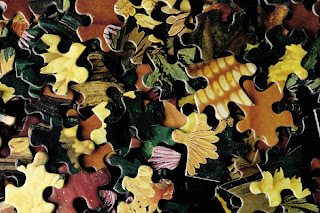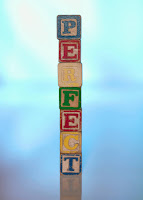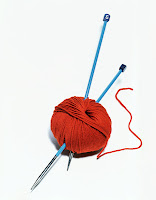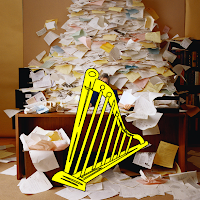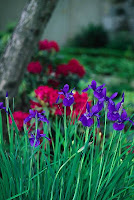I am on pins and needles waiting to depart for this year’s Harp in the Highlands and Islands Tour! David and I have made some minor changes based on previous guest feedback and we know that 2012 will be the best year ever! We are going 16 – 23 July for an eight day, seven night adventure!
You will see some of the most beautiful scenery and experience the majestic beauty of the Isle of Skye, the western highlands, the Spey valley and more. This tour is designed for harp players at all levels and other traditional instrument players. Each day you will enjoy a music event – learn a tune, add to your music lore and more while you experience the history of our musical heritage. We will gather in Edinburgh and dive in going first to Perth and then heading westwards toward the western highlands and the west coast.
We’ll enjoy the unique and stunning scenery of Skye and the magnificent views through the Cuillin Mountains. Following that we’ll head towards the highlands enjoying all the by-ways highlights that make Scotland so delightful. We’ll explore the Spey Valley, Royal Deeside and more. On our final evening, David and his wife Heather will welcome you to their own home at Burghead where you will be treated to some authentic Scottish cuisine and hospitality.
 Each day along the way, you will learn a tune or we’ll have play together in the midst of incredible scenery. The tunes are associated with the places, history, and people we will meet.
Each day along the way, you will learn a tune or we’ll have play together in the midst of incredible scenery. The tunes are associated with the places, history, and people we will meet.


